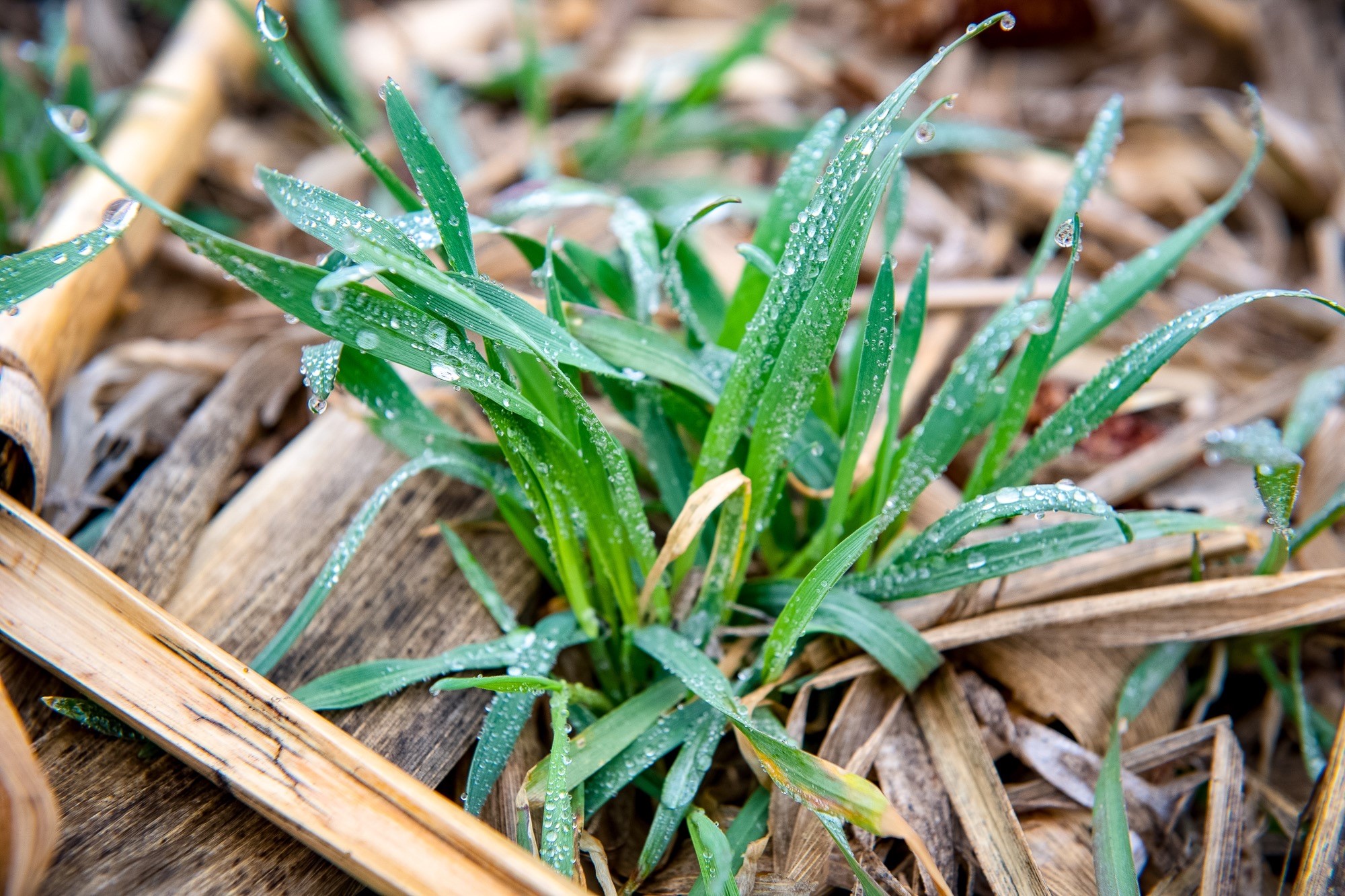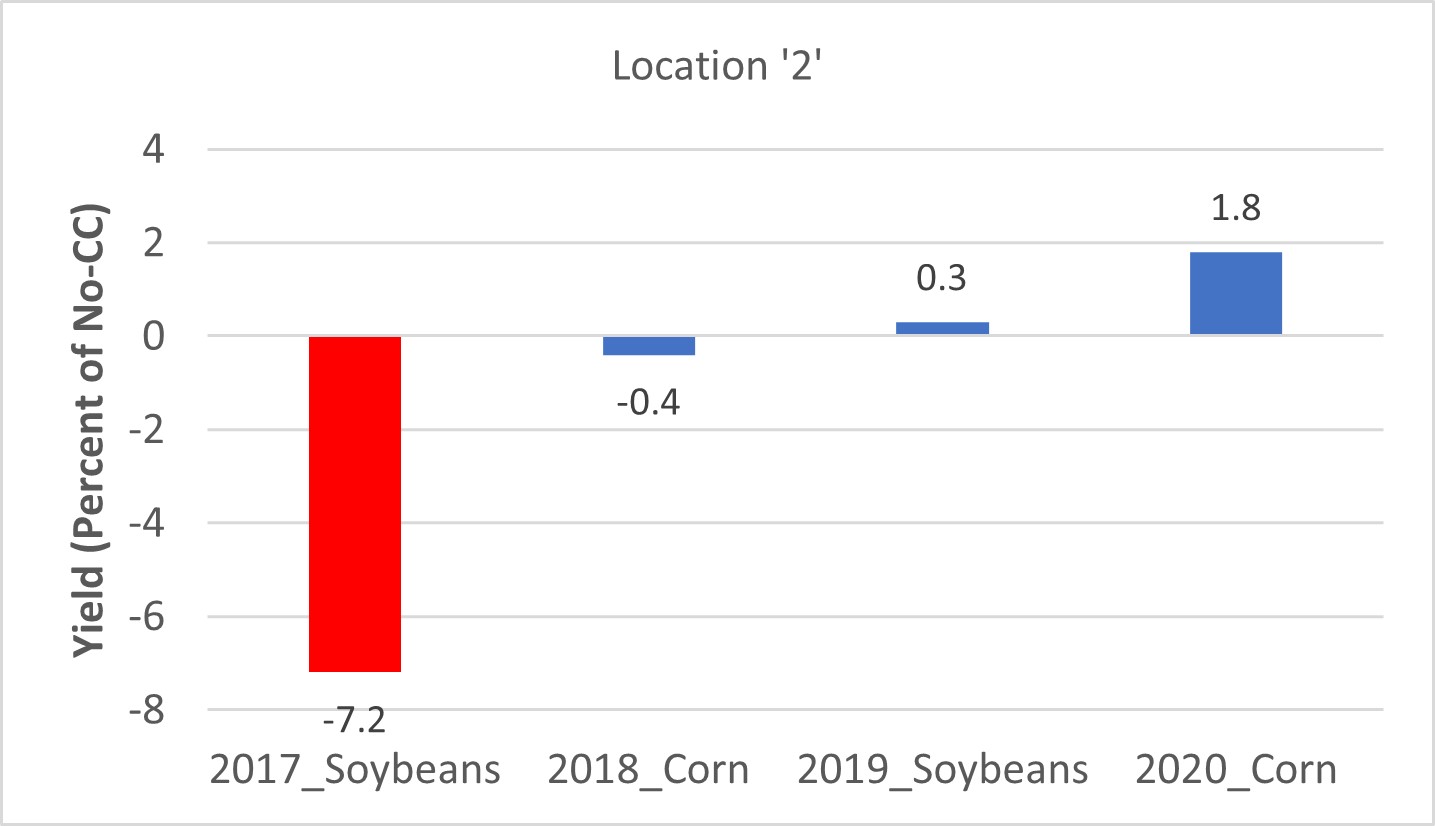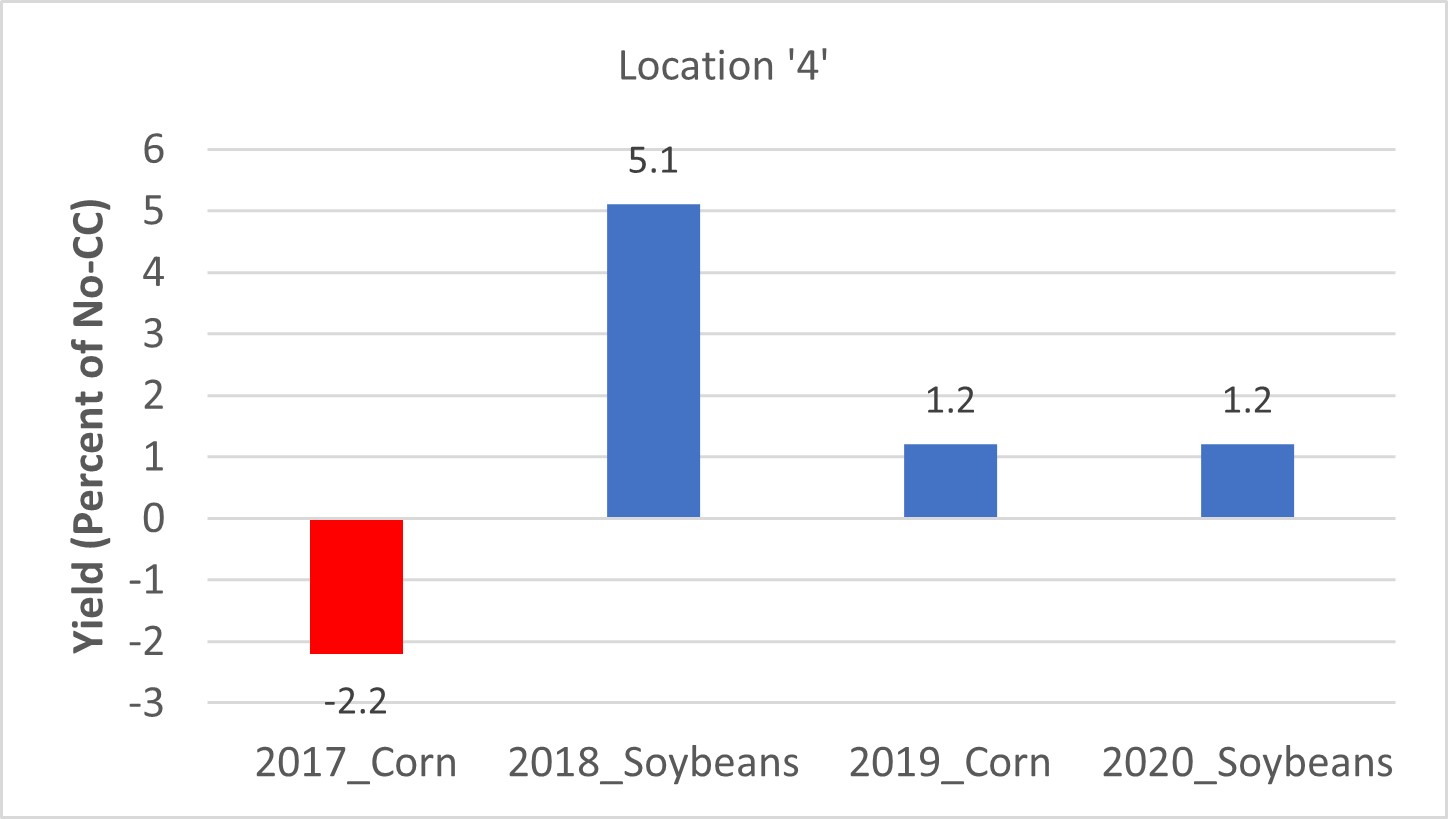
With proper management, cover crops can be a great fit for row crop farmers.
Steps to success with cover crops
August 26, 2021
As the calendar turns to September, some farmers are considering whether to plant cover crops and how to manage them. While there is a lot of press about cover crops, few publications describe management details on how to be successful with this soil health promoting practice. The following is a guide on best practices for managing cover crops based upon our research and the experience of farmers who have been successful.
Why care about cover crops?
Cover crops offer many benefits to Iowa cropping systems. They have been shown to reduce nitrogen losses by 40 to 60% according to several publications. Other benefits include reduced erosion, improved soil health, and simplified weed management programs, especially in soybeans.
The most direct benefit for cover crops is that they can sometimes increase cash crop yield. The figures below are examples from our long-term cover crop research. In the first year of cover cropping, the farmer at location 2 realized 7% yield loss in soybeans. Note that with time the trajectory of the farmers yields in a cover system continue to increase. Similarly, the farmer at location 4 experienced a 2% yield loss in cover crop strips compared to the no-cover crop comparison in the first year. Yet in the following years, the farmer has realized important yield increases with cover crops.


Does this mean that all farmers starting out with cover crops will realize lost yield in the first year? We don’t think so. In most cases the yield losses in the first year can be explained as the farmer learning to seed into cover crops and figure out how and when to terminate. Following the tips below will enable you to start with cover crops without having to experience a yield reduction in the first year.
1. Get good cover crop establishment in the fall
The most reliable system for getting good cover crop stands is drilling soon after harvest. Applications of cover crop seed with high clearance machinery or airplanes offer the benefit of getting the cover crop established sooner, but seeding approaches are riskier in dry falls.
Seeding rates for cereal rye vary between crops and with goals. Generally, if erosion reduction or improved water quality is your goal, seed around 40 lbs/acre. If weed control in soybeans is your goal, consider a higher seeding rate of 60 lbs/acre.
2. Terminate at the proper time
Experienced cover croppers may sometimes let their cover crops get 2 to 3 feet tall before terminating. For first timers, we recommend terminating the cover crop when it is 8 to 12 inches tall. In most cases, farmers can plant their cash crop into green cover crop and avoid a yield drag, sometimes even seeing yield increases.
When terminating the cover crop, most farmers use post applications of glyphosate. In cool springs, it can take weeks for glyphosate to kill the cover crop. For this reason, we recommend including desiccants such as Sharpen® or Verdict® containing products with glyphosate to speed up termination time.
3. Carefully manage your cash crop seeding
One of the biggest problems with cover crops and no-till is achieving adequate seeding depth in the spring. In trials where the farmer experienced a yield loss in a cover crop system, most often the cause was the inability to achieve proper seeding depth. Time spent digging and checking seeding or furrow depth will be rewarded with better stands.
4. Nitrogen form and placement must be adjusted in cover crop systems involving corn
In our research we have observed up to 20-bushel yield increases in cover cropped systems if the nitrogen is managed correctly. Cover crops can sometimes immobilize early-season nitrogen which can put the crop at a disadvantage. We don’t need more nitrogen in cover crop systems, we just need different nitrogen forms and placements. From our research we have seen that starter fertilizer, coulter applied UAN at V2 or broadcast blends of stabilized urea with ammonia sulfate are excellent strategies for managing nitrogen in cover crop systems.
5. Consider strip-till cover crop systems for farms that are poorly drained
In some areas of Iowa, farmers are concerned about excess soil moisture leading to delayed planting in no-till or cover crop systems. The fix for this concern, as demonstrated by many farmers, is to broadcast or drill cover crops in the fall and make tillage strips in the fall or spring for seeding the cash crop.
6. Soil moisture competition concerns
Many farmers are concerned about cover crops taking up too much soil moisture in a dry year. According to scientific research, cover crop and no-till systems have more soil water during the reproductive stages of crop development. Cover crop roots and earthworms create channels in the soil improving water uptake. However, terminating the cover crop earlier in dry springs can help alleviate some concerns about moisture early on.
7. Be flexible and ask for help
Cover crops can be a tricky business, and they may require more game-time decisions than other practices. Continuous monitoring of the weather and cash crop, as well as planning which other areas of your operation may need some adjusting will be key. If you have questions about management reach out to the ISA research team.
ISA Sr. Field Services Program Manager Scott Nelson contributed to this article.
Back